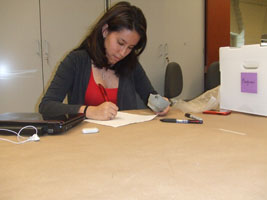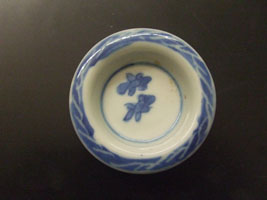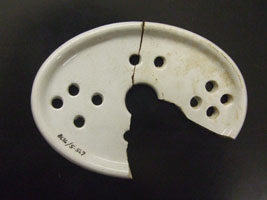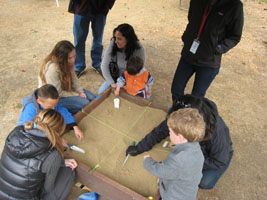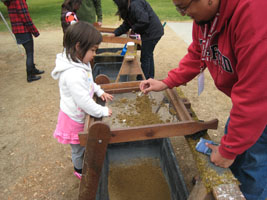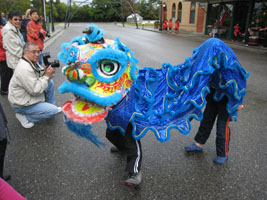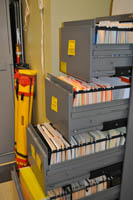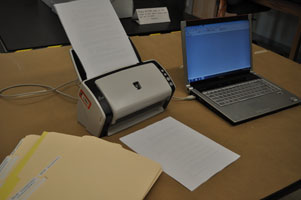Hello, my name is Meghan Gewerth, and I am one of the interns currently working on the project. I am a sophomore archaeology student here at Stanford. My interest in archaeology lays in museums and collections, but I have done fieldwork in Chavin de Huantar, Peru and am going to be participating in the Binchester, England field school this summer. I have not had a lot of experience in historical archaeology, but have enjoyed working with the Market Street collection.
I began working with a box of miscellaneous objects – those that had been removed from their original boxes and sorted by the original archaeologists. I ended up working with ceramics from the collection, specifically porcelain tableware from 86-36. These artifacts are important because they are more useful in dating than some of the other artifacts from the collection. I have cataloged a few bamboo bowls, double happiness bowls, four-season decorated bowls, and some exciting teapots and teasets. These include decanters, teapots, teapot lids, and teacups (the ones I’ve been working on are very small teacups)! We found a set of artifacts that we couldn’t identify at first, but then later figured out were lids to teapots. They were unusual in that only part of the underside was glazed, and residue was left on them. We have also come across a few types of decorations that haven’t been encountered yet, something that is always exciting.
Featured Artifact
This is a ceramic piece whose function is still unknown. It is a flat oval object with a raised lip around the edge. It also has perforations going through the object and a central hole. What is very unusual about it is that although the two parts clearly mend and are part of the same object, they came from two different features, Feature 5 and Feature 17. Our best guess is that this piece may have been a soap dish or possible a strainer; however, research has not yet unveiled any clues as to the function of this piece.
